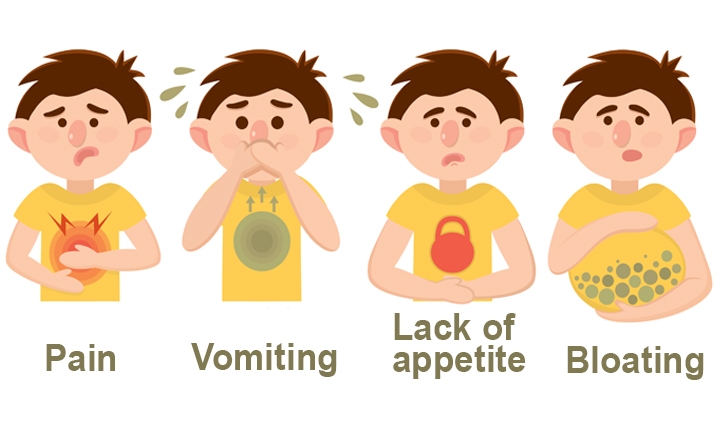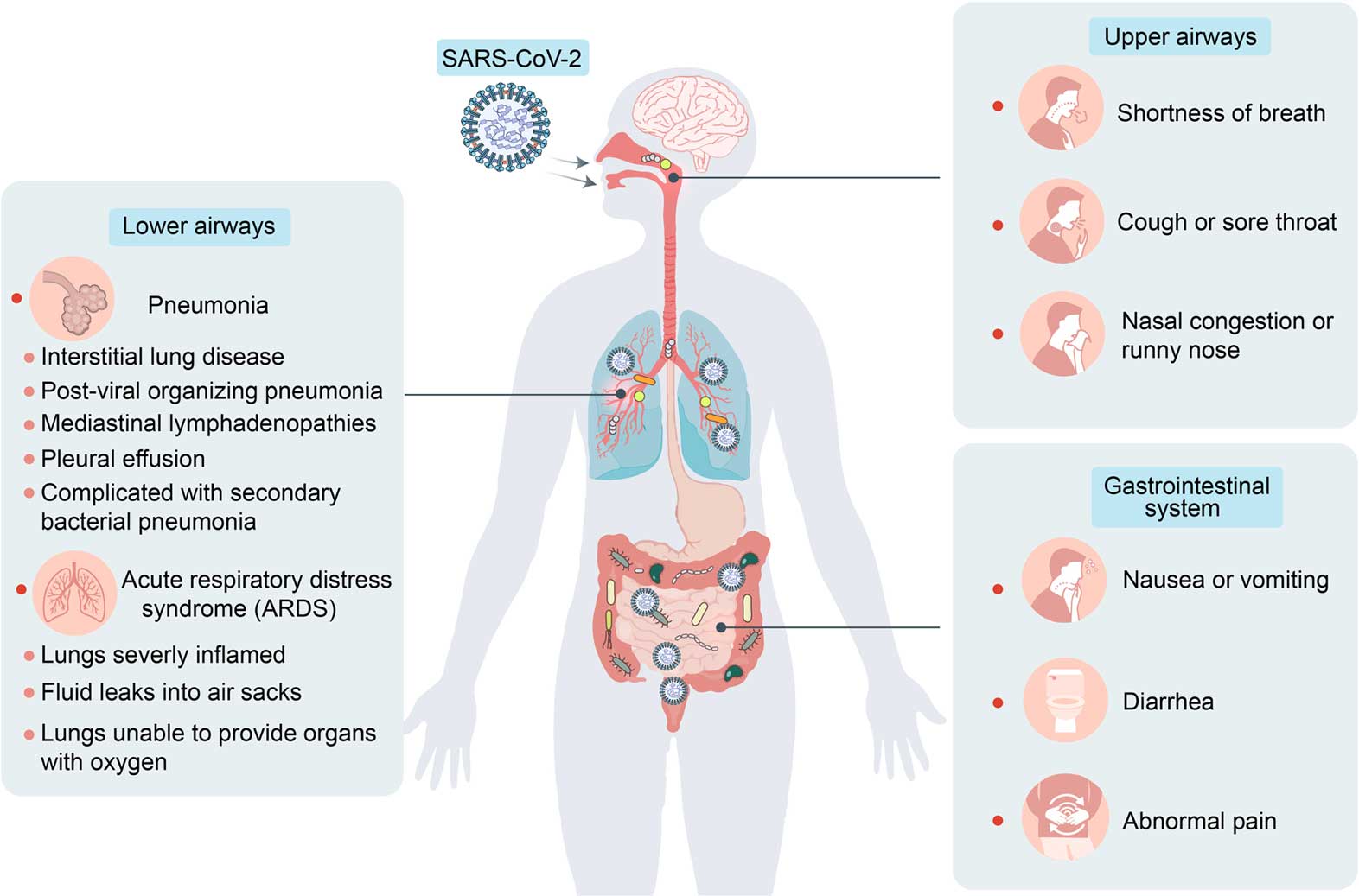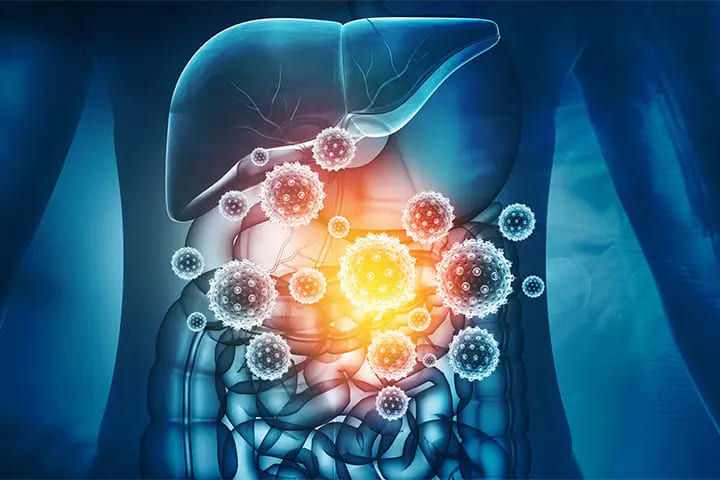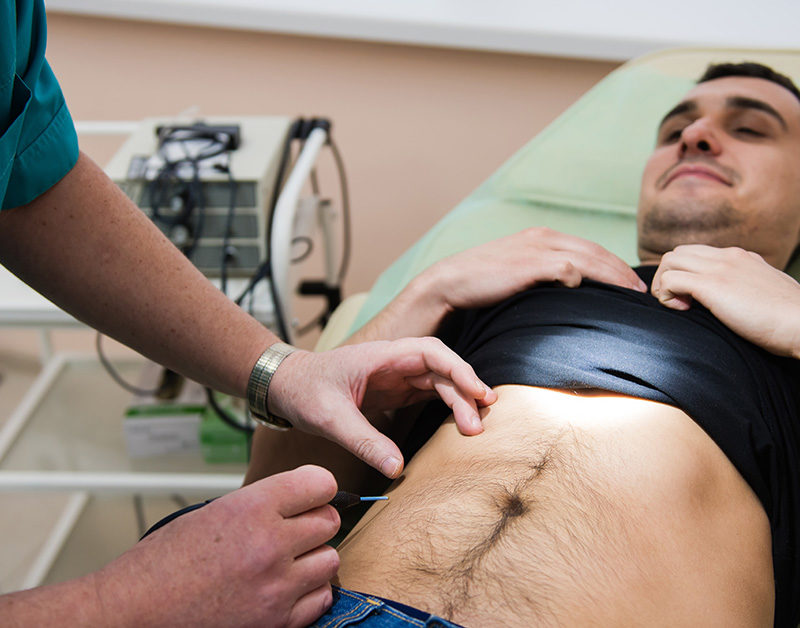Gastrointestinal Problems, and COVID-19

The skin isn't the only part of your body susceptible to the outer world. SARS-CoV-2 isn't simply breathable, but also swallowable. Consider the GI lot a lengthened doughnut with two outside places of passage, the mouth, and rear end. Stretching between them are the throat, stomach, and digestive organs. In the event that the infection figures out how to get inside your mouth, it can infect your saliva — which, similar to mucus and breath, SARS-CoV-2 will seize as another method of transportation, permitting it to travel somewhere inside the stomach.
With its broad surface area and plenty of ACE2 receptors, the gut makes a favorable place for the infection, however other microbially inclined diseases, such as inflammatory bowel disease and pneumonia. Gut disease gives the infection more space to go forward, increase, and shed itself through our dung. What's more, since the early Wuhan study, many papers on gastrointestinal Covid-19 symptoms have been distributed that propose so a lot.
COVID-19 and Gastrointestinal Link
When any infection contaminates your body, it can annihilate solid cells and make different duplicates of itself. Coronavirus for the most part goes after the cells coating your aviation routes. This makes it difficult for you to breathe and can prompt pneumonia. Be that as it may, analysts think the ailment additionally may hurt your digestive plot and liver tissue. Loss of appetite is the most widely recognized symptom, trailed by misfortune or taste and smell. Up to 34% experience looseness of the bowels, enduring a normal of 5 days.
Those with digestive symptoms were bound to have a positive stool test for the Covid, and that implies they had SARS-CoV-2 RNA in their crap. It likewise took them longer to clean the infection off of their bodies, contrasted with those without gastrointestinal symptoms.
COVID-19 could also trigger GI symptoms. The GI system includes the:
- Mouth
- Esophagus, the tube connecting the mouth to the stomach
- Stomach
- Small and large intestines
- Anus

SARS-CoV-2 enters digestive cells and respiratory cells utilizing the angiotensin-changing over compound 2 (ACE-2) protein as a receptor. The ACE-2 receptor is implanted in cell layers. It manages blood pressure by controlling levels of the protein angiotensin, which urges blood vessels to contract and raise blood pressure. The infection enters digestive cells after its trademark spike proteins tie to ACE-2. When inside the cell, the infection utilizes the cells' hardware to create duplicates of viral proteins and RNA. In the same way as other infections, SARS-CoV-2 conveys its hereditary data on a strand of RNA, similar to human DNA. At the point when SARS-CoV-2 particles leave a tainted cell, it sets off the arrival of cytokines, little proteins that assume a part in inflammation. This cycle might cause GI symptoms.
Some of the symptoms that you should not ignore and visit your doctor to ensure timely treatment, include:
- Acid reflux
- Loss of appetite or increased appetite
- Abdominal bloating
- Upper abdominal pain
- Constipation
- Diarrhea
- Vomiting
- GI bleeding
- Intestinal inflammation

What is the Long-term Gastrointestinal Effect of COVID-19?
Long COVID condition, otherwise called post-COVID, is more than fatigue and shortness of breath. Symptoms, for example, headaches, brain fog, and ringing in the ears have been accounted for, and as of late, doctors are seeing more patients with gastrointestinal issues.
Patients in the restoration program are detailing different stomach-related issues, from gentle sickness and diminished hunger to extreme obstruction and food bigotry, and actual responses to specific food varieties.
Researchers found that patients with long COVID were encountering conditions known as issues of stomach-brain collaboration. Symptoms of this condition incorporate acid reflux, inconvenience gulping, irritable bowel syndrome, obstruction, diarrhea, bulging, and incontinence.
People experiencing these symptoms post-COVID should make sure they are hydrated and eat a healthy diet. Fad and extreme eating regimens have not been viewed as accommodating in long-COVID.

How to Keep the Digestive System Safe from COVID-19?
When you have diarrhea, nausea, or vomiting, it doesn't imply that you have COVID-19. However, it's wise to give additional consideration to your symptoms during this pandemic, particularly on the off chance that you have an ailment that raises your opportunities for a disease or on the other hand assuming you live in a space where COVID is widespread.
- Stay at home:TA great many people who test positive for COVID become somewhat ill and seek better without treatment. Try not to go out except if you should, for example, for critical clinical visits.
- Have a "Sick" room and restroom: On the off chance that you would be able, utilize a different restroom for yourself on the off chance that you live with others to forestall spreading disease through your stool.
- Wash your hands frequently: Soap and water for almost 20 seconds are ideal, particularly after you utilize the restroom, clean out your nose, or wheeze, and before eating or cooking. Next, the best is a hand sanitizer with no less than 60% liquor.
- Clean and sanitize surfaces consistently: This incorporates the toilet seat and flush handle, restroom door handles, telephones, counters, and different things you contact frequently.
- Drink plenty of fluids: It's important to replace the lost fluids due to diarrhea or vomiting. An oral rehydration solution is best to fulfill the salt and sugar lost from your body. You can also sip diluted fruit juices or soft drinks, along with salted crackers and broths.
- Take a bland diet: Take a variety of food like bananas, white rice, fruit purée, and toast, which can assist with restricting your desire to poop and replenish the fats and carbohydrates that your body needs. You can likewise attempt oats, boiled or baked potatoes, and heated chicken without skin.

Outlook
Coronavirus is characterized by its respiratory symptoms. Certainly, the infection can likewise affect the digestive system. Coronavirus can cause uncommon gastrointestinal side effects as well as force a few long-haul symptoms, including loss of craving, sickness, heartburn, and loose bowels. These symptoms are normal in patients 3 months after release from hospitalization because of COVID-19. Patients with serious COVID-19 can foster gastrointestinal difficulties, like intense cholecystitis, intense pancreatitis, ileus and taking care of resilience, intense colonic pseudo-obstacle, and mesenteric ischemia.
If you or anyone you know is suffering from the effects of Covid-19, our expert providers at Post Covid Centerswill take care of your health and help you recover.
Call us at (469) 545-9983 to book a telehealth appointment for a home check-up.
People Also Read:
Post Covid Syndrome vs. Fatigue
While COVID-19 is a short-lived disease in most people, others experien...
Post Covid Syndrome vs. Skin Weakness Problems
A new study illustrates that some patients with COVID-19 disease have continuous skin-associated symptoms...
RELATED BLOGS
